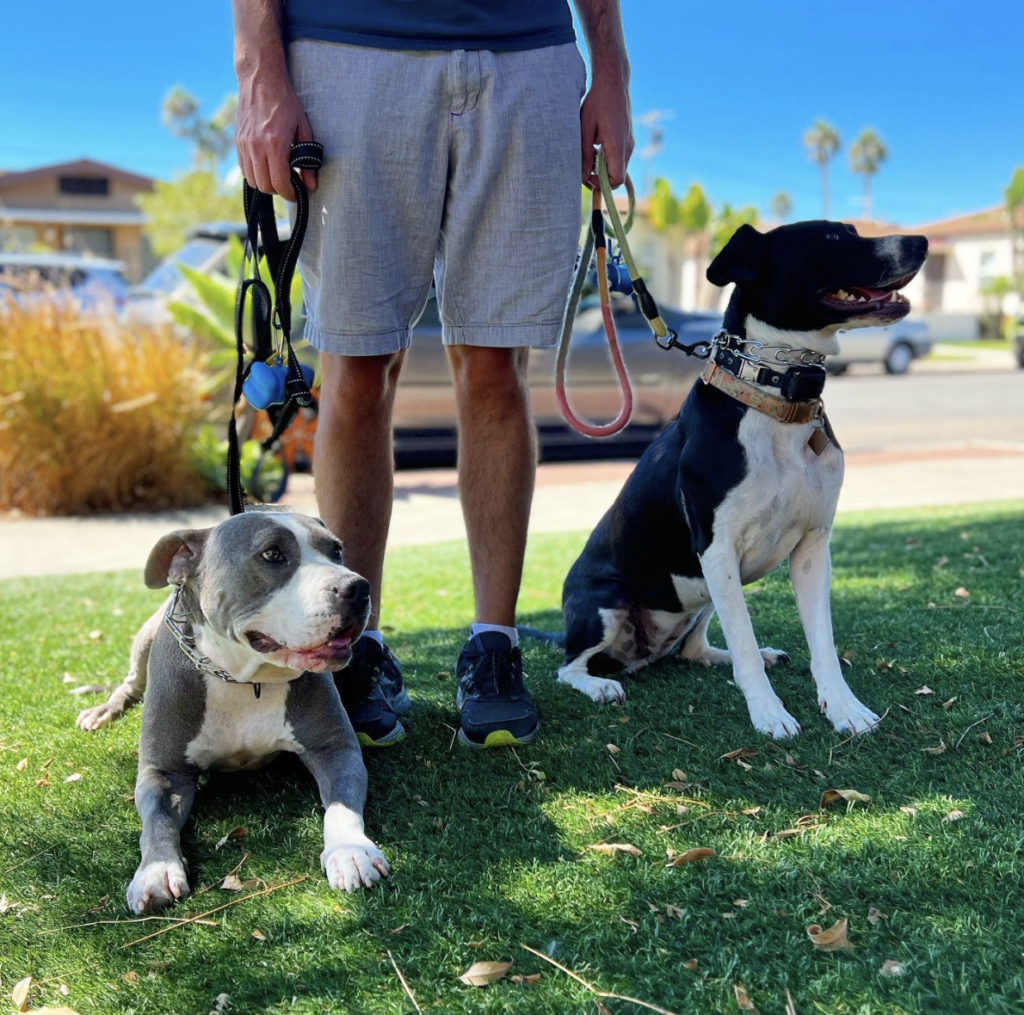How to Become a Dog Trainer

Dogs are amazing animals and are fantastic to have around. They’re also very intelligent, so it’s no surprise that more than any other animal, you’ll find a dog being someone’s emotional support animal, saving people from accidents, and even working with the police. There are several jobs a dog can do, including herding, hunting, retrieving, crisis response, detection, and so on. For dogs to be able to do most of these jobs, whether just in the home or as professional partners, they need a level of training that can only be instilled by a dog trainer.
Becoming a dog trainer is a self-gratifying job as you find yourself surrounded by these loveable creatures while helping people understand and get along with their pets. It can also be a financially rewarding career.
Starting the journey to become a dog trainer, you should know that it can, like any career, get stressful at times. Like all career paths, it’s not all rosy, and you’ll need a lot of dedication and patience. Dogs can be a bundle of joy, but often, you’ll be called upon to train a problematic dog, such as a reactive dog or a dog with separation anxiety. How would you go about becoming a k9 trainer?
Start with your dog.
If you’ve seen popular movies like How to Train Your Dragon, you probably already have an idea of how important it is to always start with yours. If you haven’t trained your own dog and have first-hand experience with how dogs behave, it’ll be difficult and frustrating to begin learning with other people’s dogs. If you want to be a dog trainer but don’t have a dog, this could be your sign to get one! Even if you can’t, you can begin working with a dog you know, or even connect with an established trainer and ask how you can help learn with them.
Even when training your own dog, consider what type of dog trainer you want to become. Don’t stop at the basic commands like sit. Everyone can do that. On the other hand, dog trainers can train a dog so well that it’s worthy of competing in a dog sport, such as canine agility, dock jumping, conformation, fly balls, and discs. One great hack here is positive reinforcement training which means using treats, praises, rewards, and toys to reinforce positive behaviors in dogs.
Practice With Other People's Dogs.
Now that you have experience with your dog, go further by training other people’s dogs. You could ask friends and family to allow you to work with their dogs. This helps diversify your knowledge about dogs, as you’ll likely be working with different breeds and dispositions. Depending on the dog breed, you’ll learn more about the various techniques most likely to work.
Your neighborhood’s local dog shelter is also a good place to get essential experience with other dogs. Ask them if they’ll let you work on training the dogs over weekends or whenever you’re free. You can also apply as an intern to work with an already certified dog trainer.
Teach other dog owners how best to work with their dogs.
You can’t be successful as a professional dog trainer until you help the dog owner and the dog develop a healthy relationship. You shouldn’t only work with the dog; work with the owner too. Help them to come to terms with the dog’s needs, understand their dogs better, and be a leader to their dogs.
Enroll in a course or Self-training.
There’s a part of becoming a dog trainer that goes beyond working with dogs and people, and this is taking the important courses. In modern times, dog training is a science that seeks to understand and study dog behavior and how to handle dogs in a way to get the best response from them.
Many dog trainers enroll in dog training academies or courses, and while getting enrolled is not an absolute necessity to become a dog trainer, it helps to take one of these courses or webinars. For example, if you’re looking to become a certified dog trainer in California, you can check out the Animal Behavior College, which offers training online.
By enrolling in a course or an academy, you’ll learn many behavioral aspects of dog training, how conditioning works, operant and classical conditioning, and how best to adapt something you’ve learned to work with a specific dog.
Of course, you may also decide to self-study with resources and materials you can get online, in libraries, and other sources. You can find a list of helpful resources on the CCPDT website.
Certification: Becoming a Certified Dog Trainer
Improve Your Knowledge of dogs and other animals.
Becoming a dog trainer not only improves your knowledge of your own dog but also helps you develop a healthy relationship with people, their dogs, and other animals. Becoming certified gives an extra advantage, allowing you to understand the behavioral patterns of these animals and how to use your understanding to effect positive change in the animals.
Increases Your Marketing Advantage
Getting a certification as a dog trainer gives you an edge when selling yourself to prospective clients as an expert who Is well-versed in handling dogs.
Become an Expert
The future holds a lot for K9 trainers, and being certified shows that you are now a professional dog trainer and that people can entrust you with their dogs.
Why Become a Certified Dog Trainer
Improve Your Knowledge of dogs and other animals.
Becoming a dog trainer not only improves your knowledge of your own dog but also helps you develop a healthy relationship with people, their dogs, and other animals. Becoming certified gives an extra advantage, allowing you to understand the behavioral patterns of these animals and how to use your understanding to effect positive change in the animals.
Increases Your Marketing Advantage
Getting a certification as a dog trainer gives you an edge when selling yourself to prospective clients as an expert who Is well-versed in handling dogs.
Become an Expert
The future holds a lot for K9 trainers, and being certified shows that you are now a professional dog trainer and that people can entrust you with their dogs.
